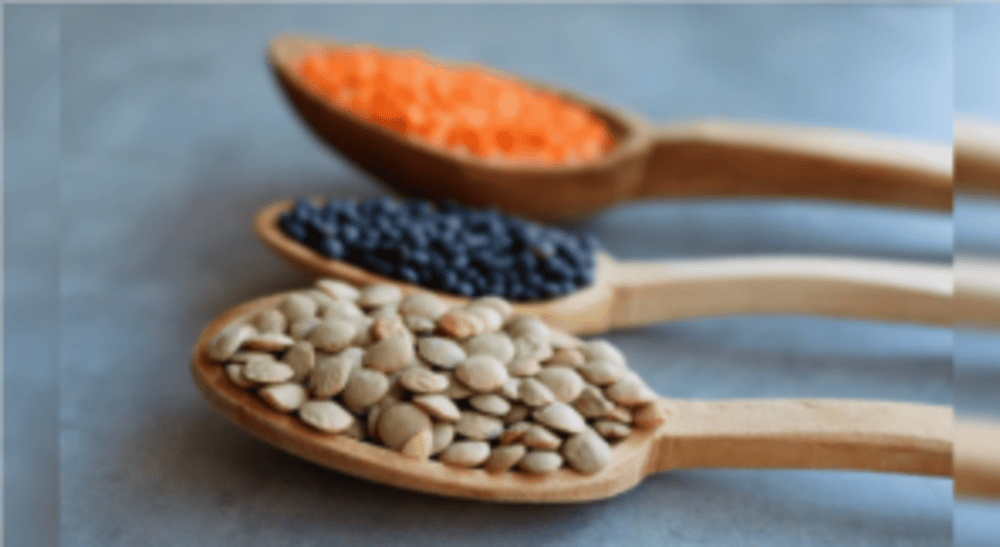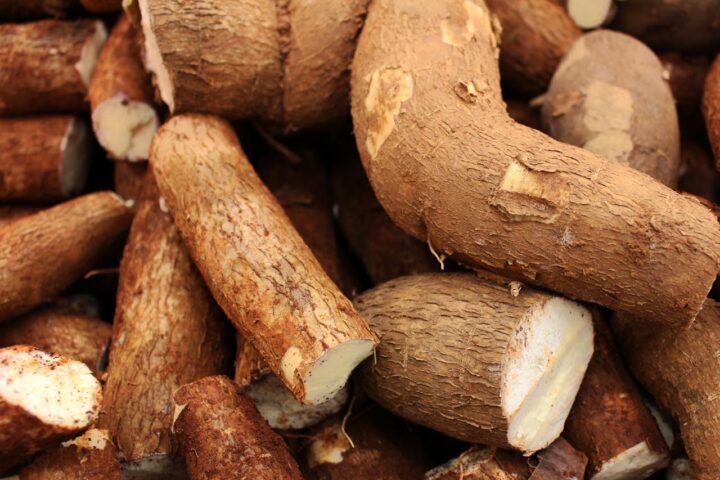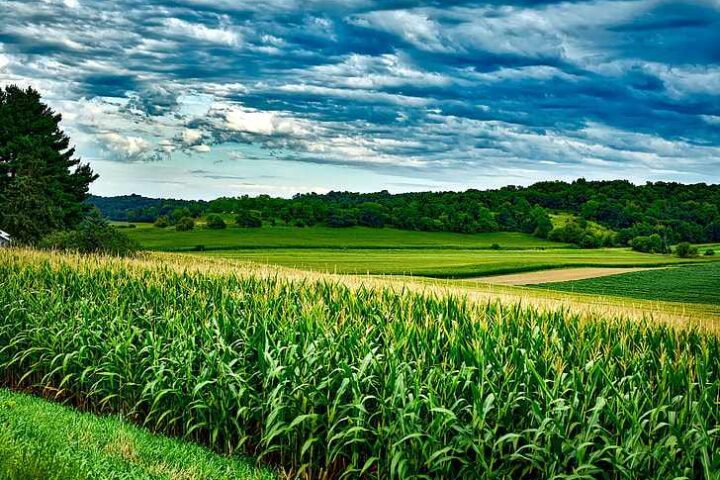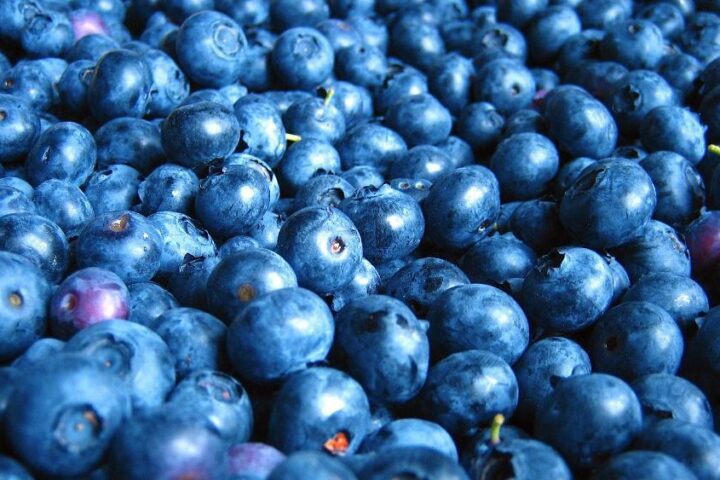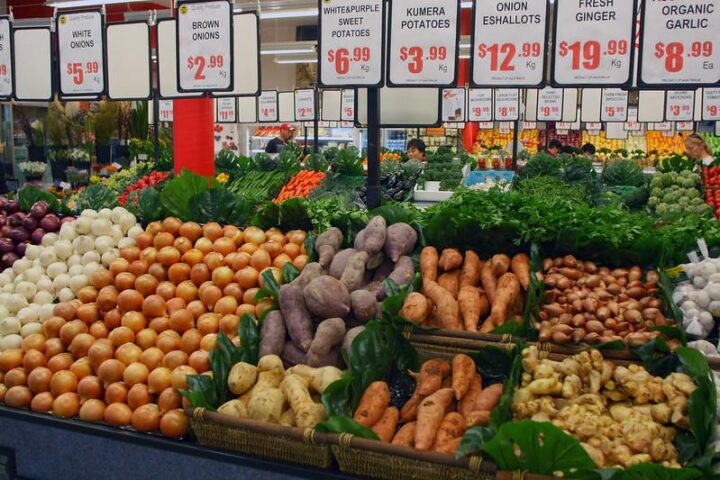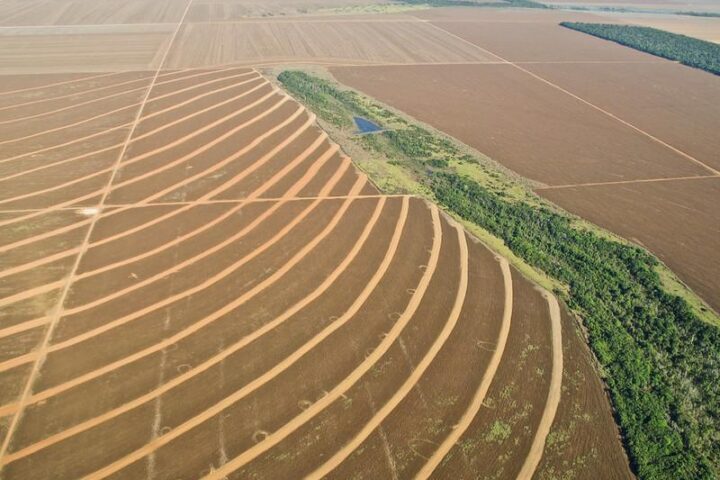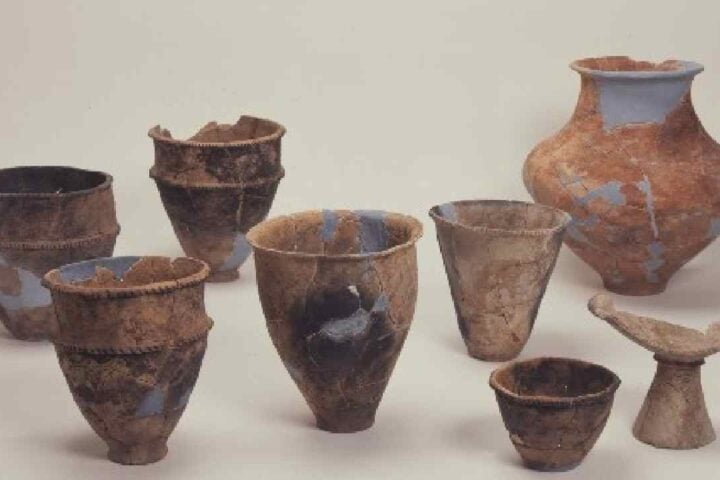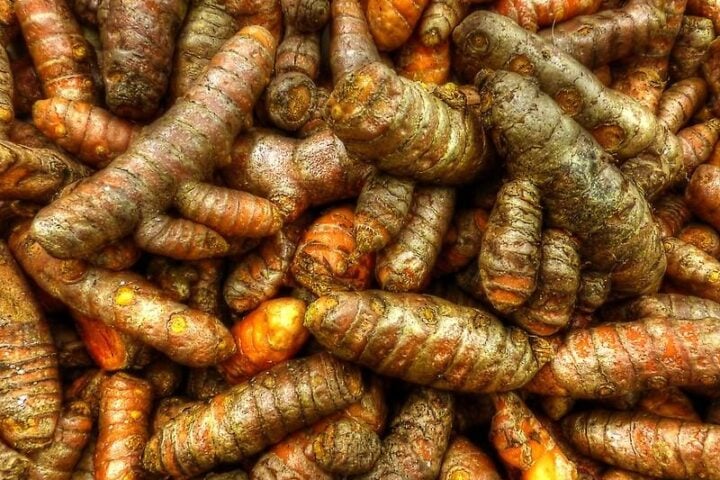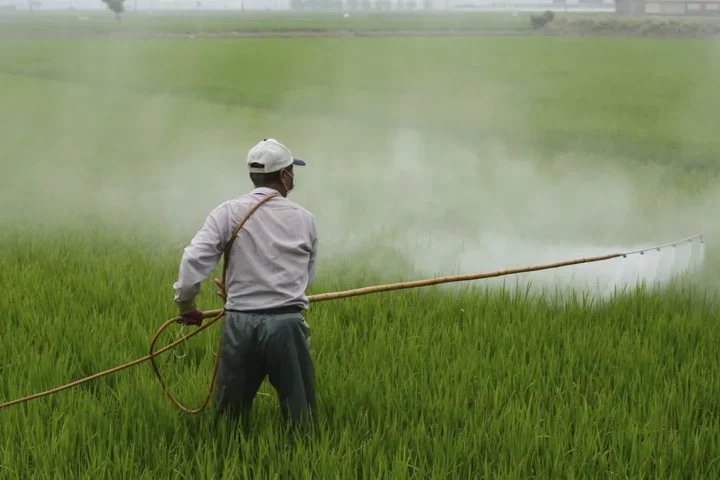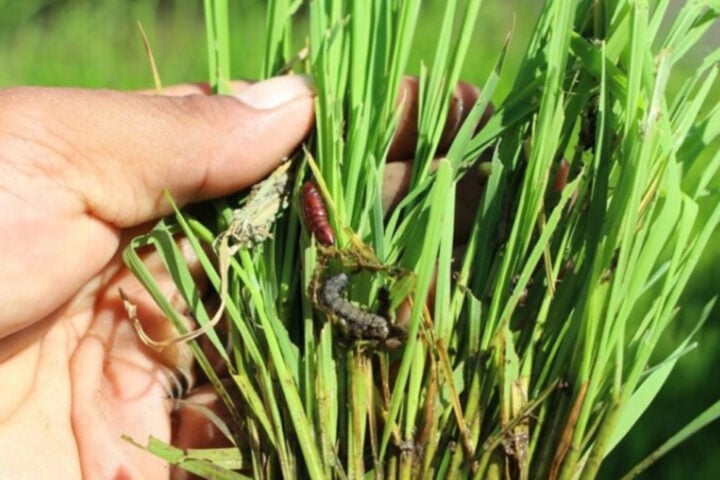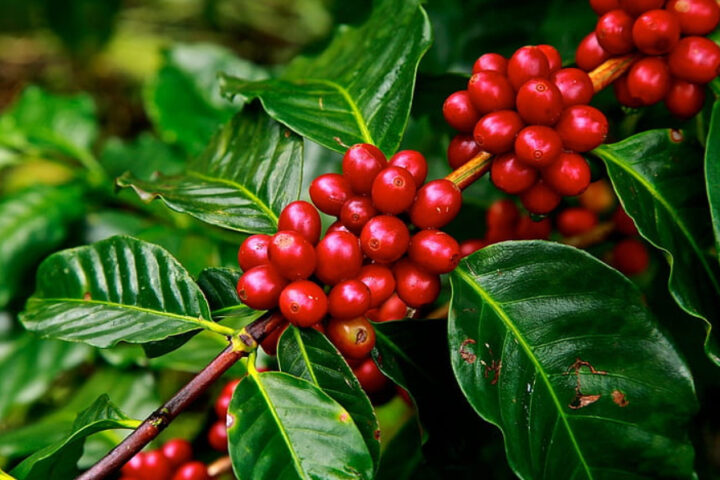India is set to emerge as the world’s largest producer of lentil (Massor) in the current 2023-24 crop year (July to June) on the back of an expected surge in production estimated around 1.6 million tonne because of high acreage. This was stated by Union consumer affairs secretary Rohit Kumar Singh on Friday. Lentil production in two of the major producing nations – Canada and Australia – is estimated around 1.4 million tonne and 1.5 million tonne respectively. If the projection for India comes true, the country’s lentil output would also be the maximum since the 2017-18 crop year when it produced a little over 1.6 million tonne. In the 2022-23 crop year, the output of this variety of pulses was 1.5 million tonne.
Lentil is an edible legume. It is an annual plant known for its lens-shaped seeds. It is about 40 cm (16 in) tall, and the seeds grow in pods. Lentils are a good source of B vitamins, folate, iron, and potassium. They also contain high levels of protein and fiber. Lentils are nutritional powerhouses. They naturally cater to a variety of specialty diets, including gluten-free, vegetarian, and allergen-friendly.
Lentils can be considered both a protein and a vegetable, which gives food service providers in schools and healthcare settings flexibility in meeting menu regulations. One serving of lentils costs $0.07, compared to $1.07 for a serving of beef. They do not need to be soaked before cooking. Dry lentils have a shelf-life of over a year. All US-grown lentils are non-GMO. Many foods are positioned as the “superfood of the future”, but lentils make a good play for the title.
Similar Posts
Nutrition facts per 100 grams:
- Calories: 116
- Total fat: 0.4g
- Potassium: 369 mg
- Total carbohydrates: 20g
- Protein: 9 g
- Vitamin C: 2%
- Calcium: 1%
- Iron: 18%
- Vitamin B6: 10%
- Magnesium: 9%
The scientific name of lentil is Lens Culinaris. Thus, this humble lentil can be quickly cooked.
